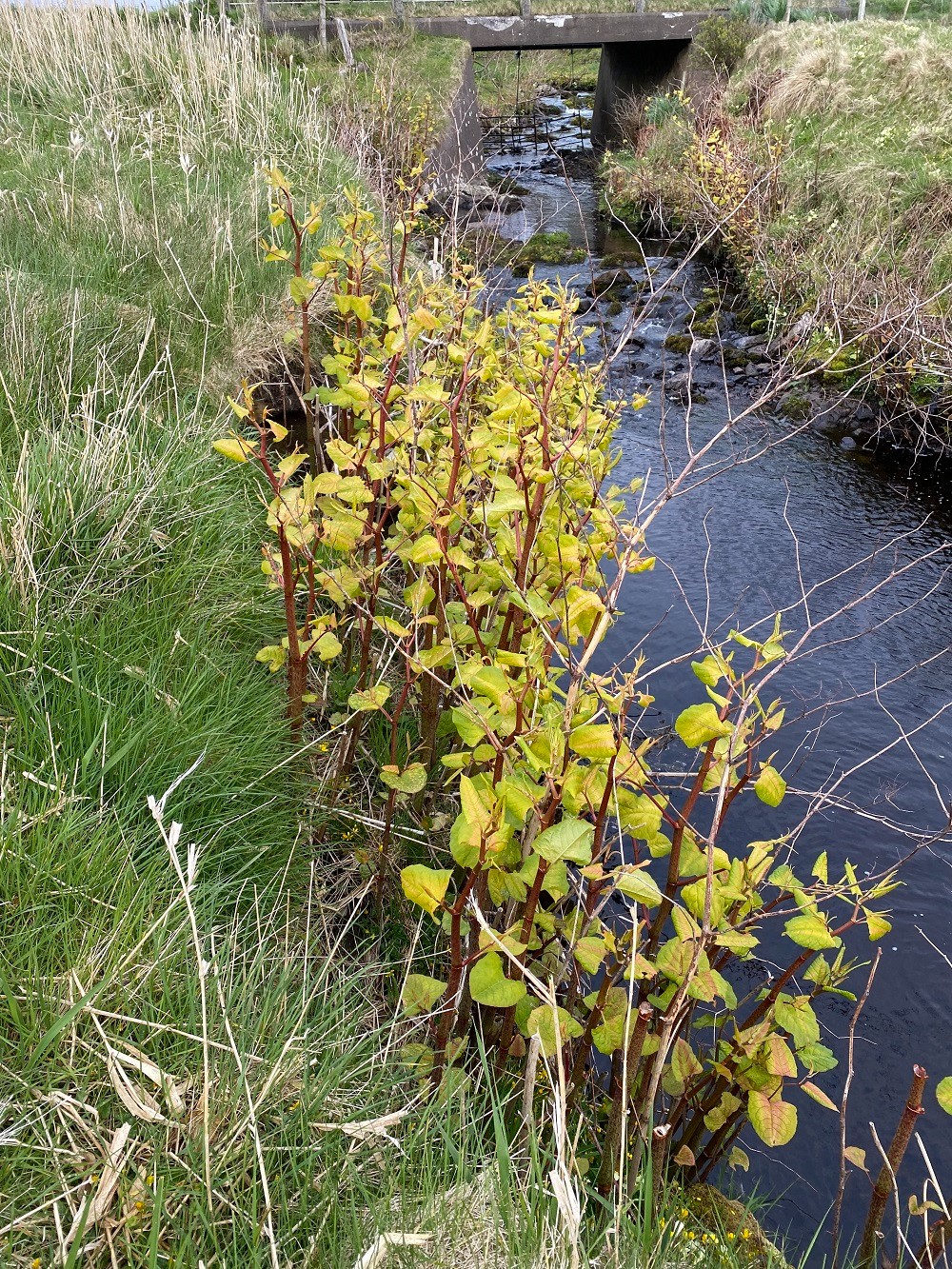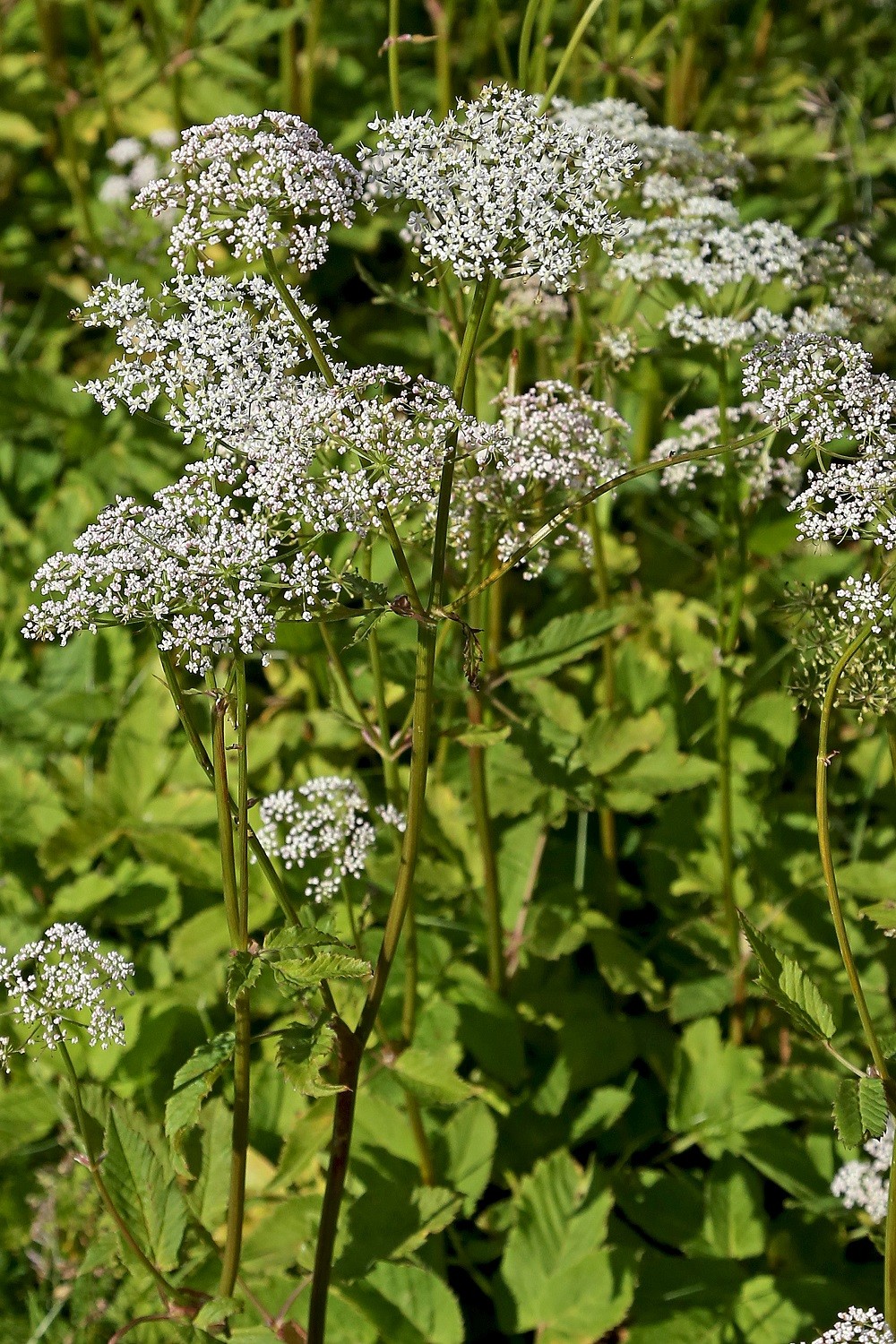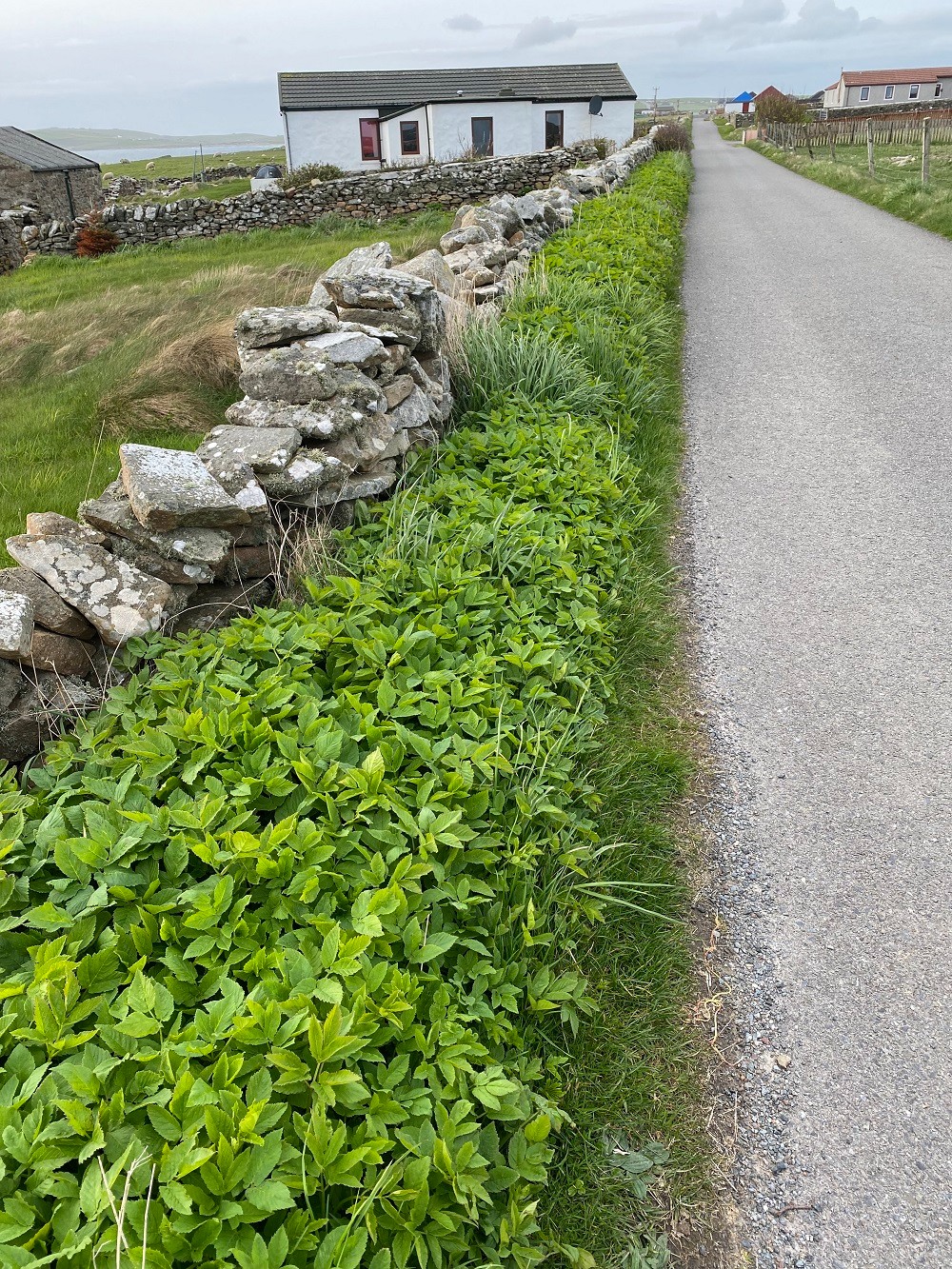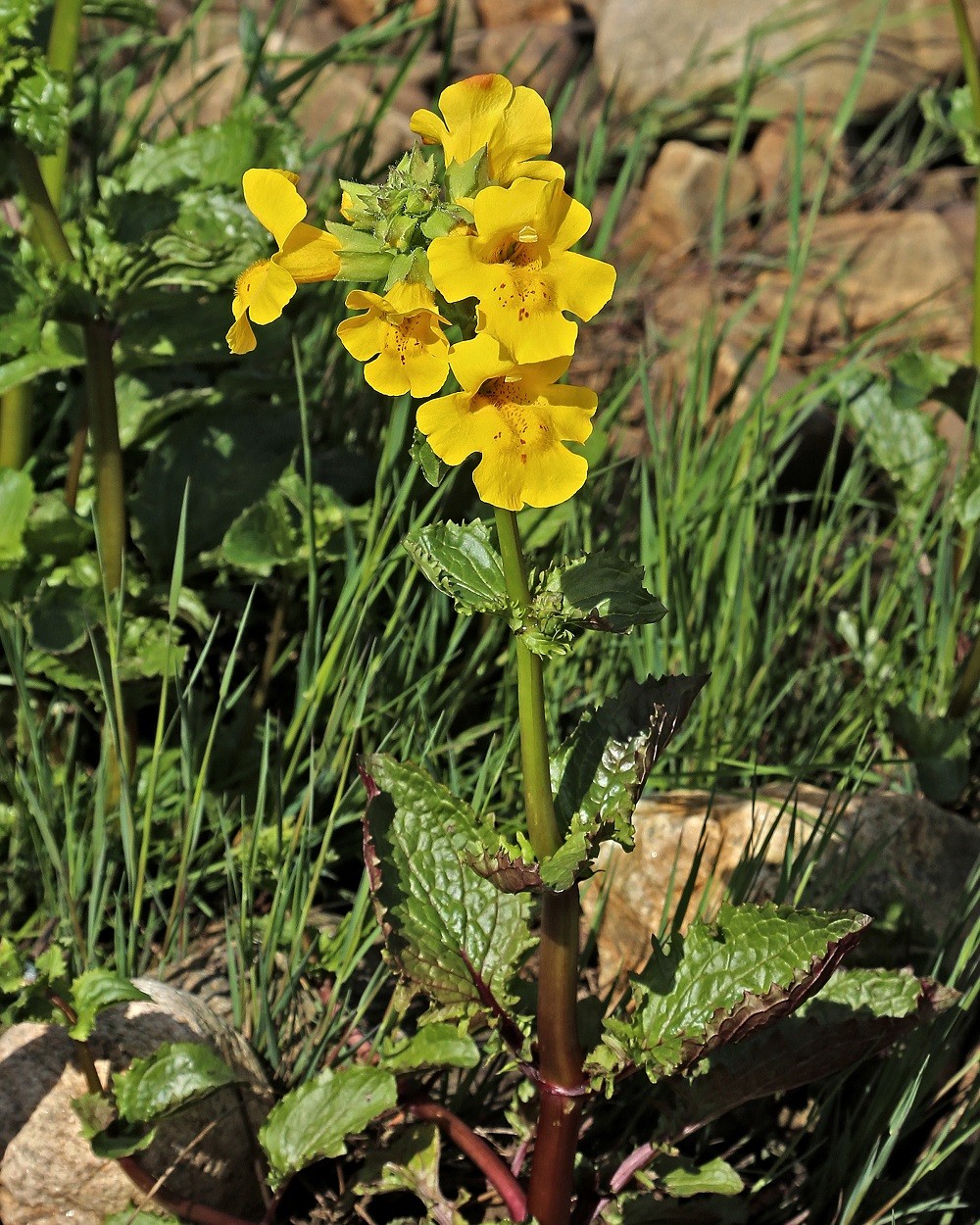Introduced Plants in Shetland
Published: 18 May 2022
Around a third of the species of flowering plants that one might come across in the Shetland countryside are not native to the islands. That’s a staggering 300 or so species that were deliberately, or accidentally, brought into Shetland by humans! The majority of these were brought here to brighten up gardens, or their seeds arrived as contaminants of agricultural crops.
Most have not moved far – maybe they’ve jumped (not literally) over a garden dyke or fence, or rely on the ground being ploughed for more crops. Some may provide an additional nectar source for insects – very welcome in areas where native flowers are beheaded by sheep before getting a chance to flower, but others contribute very little to wildlife and some may even be detrimental. Native wild plants and animals have adapted together, so can be useful to each other for example through pollination, or are in a continuous battle where the insect consumes the plant and the plant tries to evolve defences to keep the insects at bay. And of course their flowers, leaves and seeds, and the insects attracted to them, provide food for birds. These complex relationships simply don’t exist with many non-native species.
A good number of these non-natives have, however, found the Shetland environment very much to their liking and have spread through the islands to the extent that they look perfectly natural here. And indeed some of these co-exist with the native flora and fauna without causing any issues. A few, though, are more problematic. Here we consider three such species.

Japanese Knotweed at the Dale of Walls. Here it dominates part of an old croft garden and appears to be slowly spreading along the burn. Fortunately, in Shetland this invasive plant only spreads slowly unlike its counterparts down south where it can soon spread and take over large areas.
Japanese Knotweed is native to eastern Asia and was brought to the UK in 1850 by botanist Philip von Siebold. We don’t know when it was brought to Shetland but it was first noted at Kergord in 1952 and now occurs at quite a few places in the islands. It is most easily seen at the Dale of Walls where it occurs along the burn either side of the bridge across the road. Down south this really is the archetypal triffid - it spreads very quickly suppressing any other plants in its vicinity. It dies back in winter and then new stems arise from rhizomes that are deep underground. Even though it rarely sets seed in the UK new plants can arise from even a tiny bit of a rhizome – hence it is classed as controlled waste under the Environmental Protection Act needing to be disposed of at licensed landfill sites. Eradication is problematic and often involves calling in professional help. Indeed, if you’re trying to buy a house and Japanese Knotweed is known to be present then it’s unlikely you’ll get a mortgage until it’s eradicated – more expense! Fortunately, here in Shetland it doesn’t appear to spread so quickly and at most of the sites I have seen it, its distribution hasn’t changed that much. I have had to give one potential house buyer in Lerwick the bad news on one occasion though, so beware!

Ground Elder is a member of the carrot family that was introduced to the UK by the Romans as a medicinal and culinary herb. Its leaves are quite tasty – a kind of lemon come celery taste – and presumably that is what encouraged folk to bring it to the islands and plant it in their gardens. Don’t eat too much though as I have read that after flowering it can have a mild laxative effect. And therein lies the problem. Once established it takes over – forming a carpet of green, outcompeting and shading out all other flowers; that’s an awful lot of salads…...and potentially toilet roll. Although not being subject to the same legislative issues as Japanese Knotweed, eradicating Ground Elder is a real challenge, as like the knotweed, it seems to be able to regrow from just the tiniest piece of white root that you might accidentally leave behind when attempting to remove it.

Ground Elder grows quickly in spring and can soon dominate roadside verges, waste areas and gardens.
The final plant I want to consider is Monkeyflower and its various hybrids and forms. This one is much more controversial as it has become much-loved by many Shetlanders. It actually originates from North America, is undoubtedly attractive and seems to thrive in Shetland in wet places; ditches, loch margins and marshy ground. It was brought to the UK in the mid-1700s and found growing wild by 1830. Beeby was the first to note it in Shetland in 1886 at the Loch of Clickimin, although it was restricted to just two or three sites until at least the 1920s. Since then, it has expanded markedly and despite its pretty appearance it might be having a negative effect on some plants and animals. The jury is still out but it certainly has a tendency to form extensive mats and dominate some damp areas and ditches at the expense of our native flora.

Monkeyflower comes in several colours from yellow through to a burnt orange. This is the most common colour. Although attractive, the plant can soon clog-up and dominate ditches and wet, marshy areas.
In their native ranges these plants are kept in check by insects, fungi and other predators but once introduced into a new environment where these natural predators are absent they can explode and replace our native plants. Whether we have learnt the lessons from such introductions is something of a moot point.
This feature is also availabe on the Shetland Wildlife Community Group website.

